Basic information
Yokohama is on the Pacific coast of central Japan, less than 40 km from the center of Tokyo. One of 15 government-designated cities, it has a population of 3.7 million people, making it the second-largest metropolis in Japan, after Tokyo.
Historically, foreign businesses took advantage of Yokohama’s port and the city’s position as the gateway to Japan. Many opted to remain here and have been joined by countless other internationally minded companies.
The combination of the domestic and the international gives Yokohama a unique flavor, making it a popular place to live. Japanese people and foreigners alike are drawn by the culture, the convenience and facilities of the city, the business opportunities, the lifestyle options and the tourist sights.
Sightseeing Areas of Yokohama
Yokohama Station
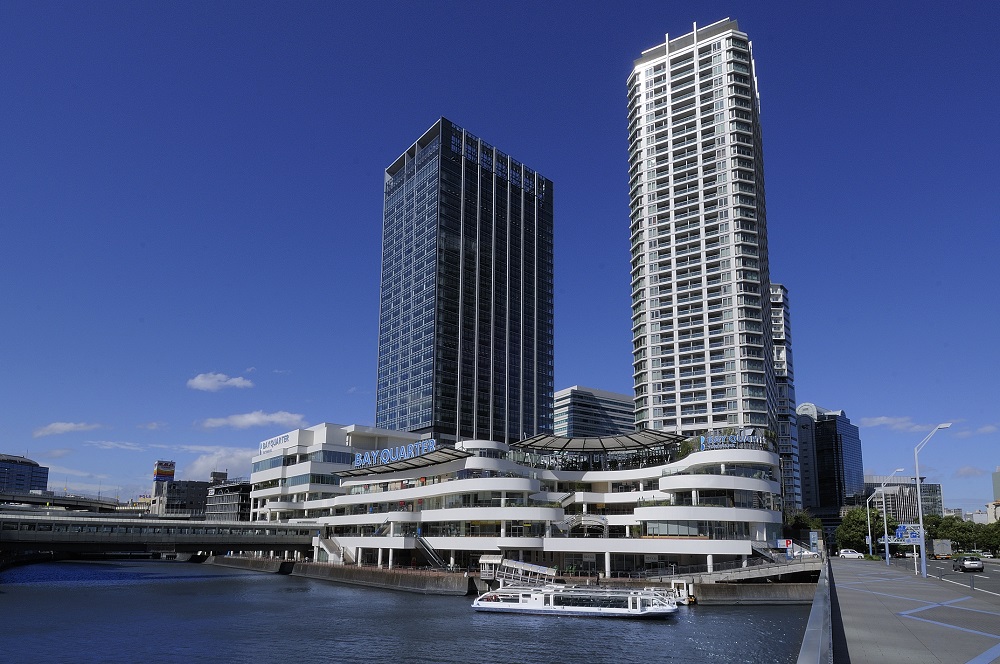
The area around Yokohama’s main station is a hive of constant activity. There are numerous department stores, boutiques and specialist shops around the station, as well as several high-end hotels and an endless choice of restaurants serving the very best Japanese and international cuisine. The station and the adjoining bus terminal also provide excellent transport links to the region and further afield.
Minato Mirai 21
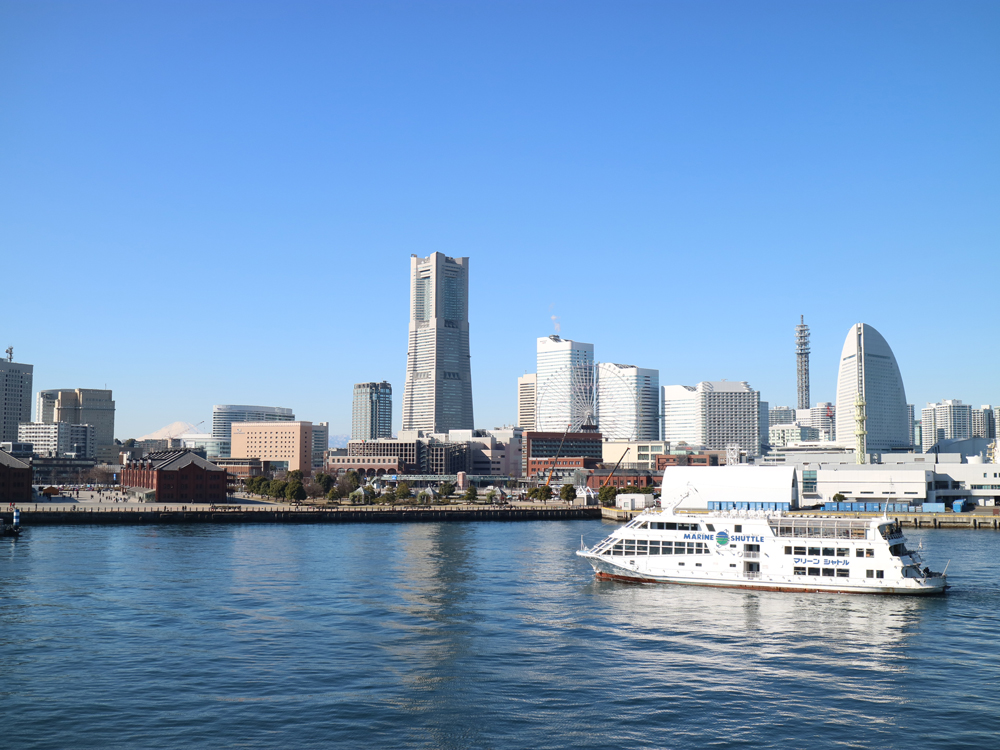
The Minato Mirai 21 district is one of the most popular for local residents and visitors alike - and the 296-meter-tall Yokohama Landmark Tower makes it unmissable. The tower and surrounding complex is home to many of the world’s best-known retail brands, as well as restaurants, bars, hotels and other entertainment facilities.
A short stroll away, the Red Brick Warehouse is a historic area that dates back to the turn of the last century but has been cleverly repurposed to provide a distinctive water-side venue for stylish retail outlets, restaurants and bars.
Yamashita Park, Kannai
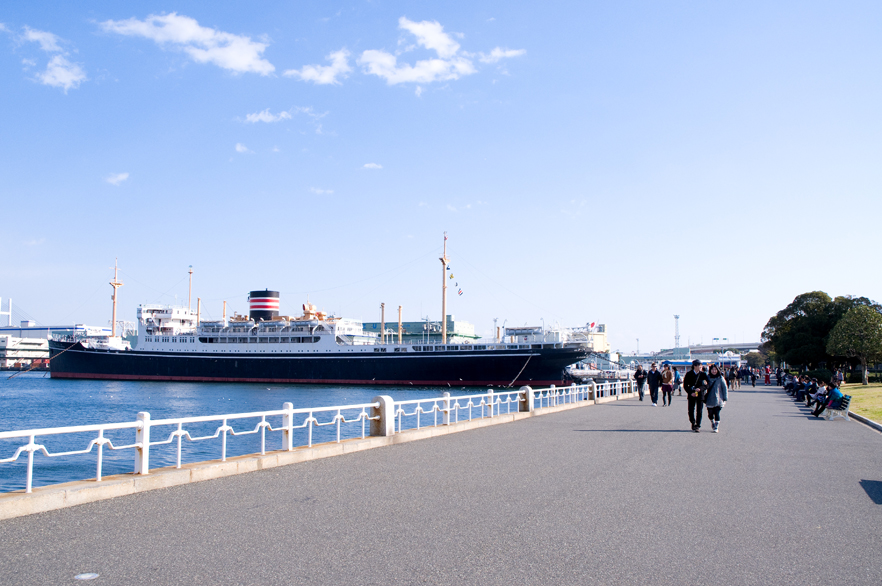
Yamashita Park is a vibrant splash of green between the heart of the city and the harbor that has made Yokohama so successful. And the city has wisely preserved many of the historic elements that help to give Yokohama its unique culture and atmosphere, including classical Western-style architecture, historic restaurants and luxurious hotels.
Yokohama Chinatown
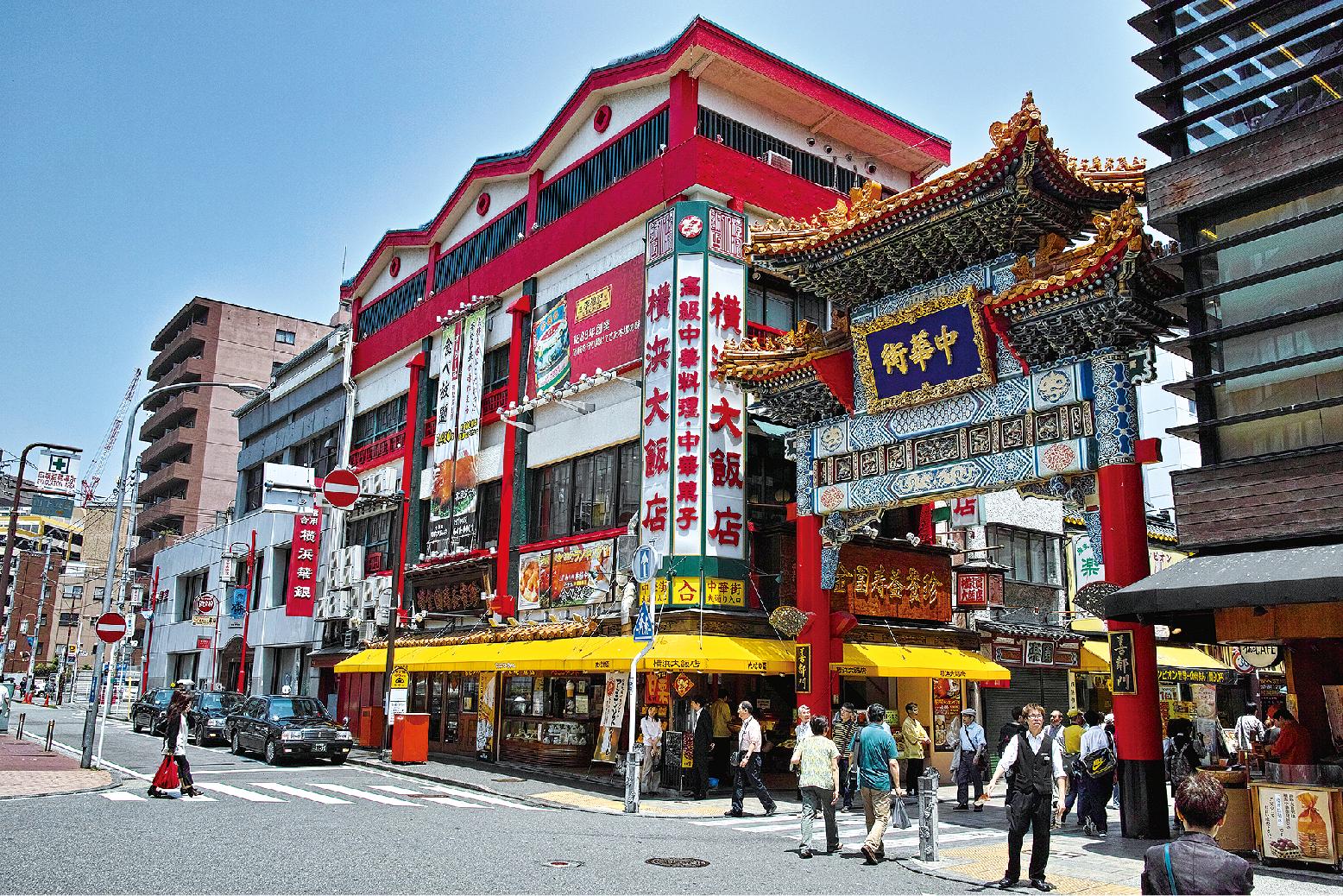
Of all the Chinatowns around the world, Yokohama’s is one of the largest and authentic, with around 500 restaurants, grocery stores selling Chinese food and shops stacked high with items imported from our near neighbor. The streets are bustling every day of the year, but be sure not to miss the Chinese New Year celebrations!
Motomachi and Yamate
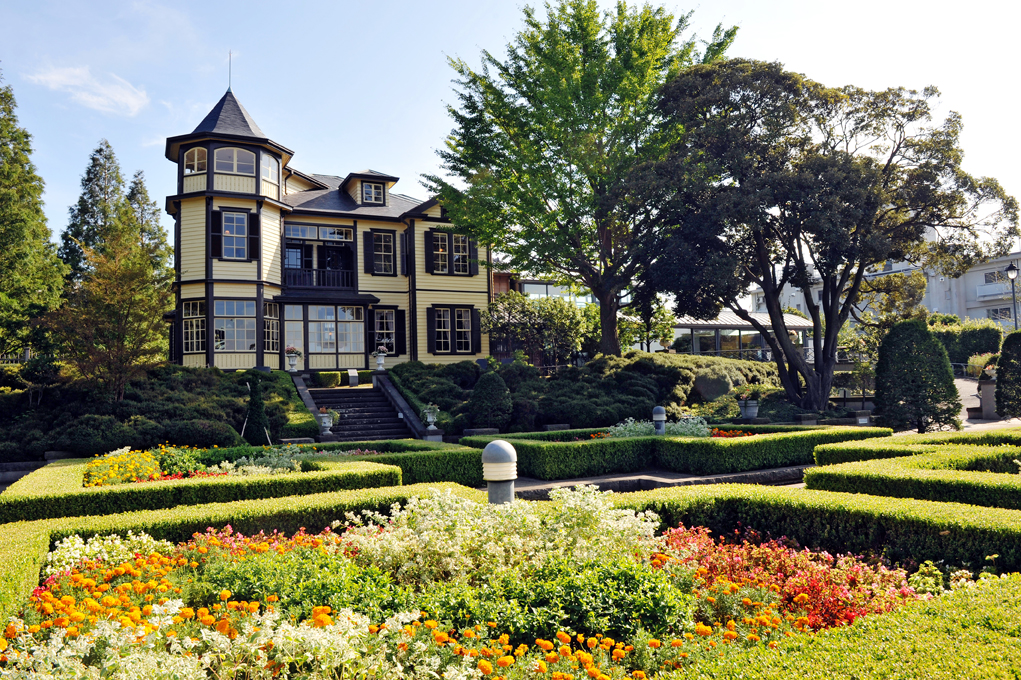
Yokohama’s chicest street, Motomachi serves to showcase the top domestic and international brands and underlines Yokohama’s status as a fashion center.
In the years after Yokohama opened up to international trade, foreign diplomats and businessmen chose to build their homes on the bluff overlooking Motomachi, the Yamate district of the city, with many of their historic properties preserved to this day._
Honmoku and Negishi
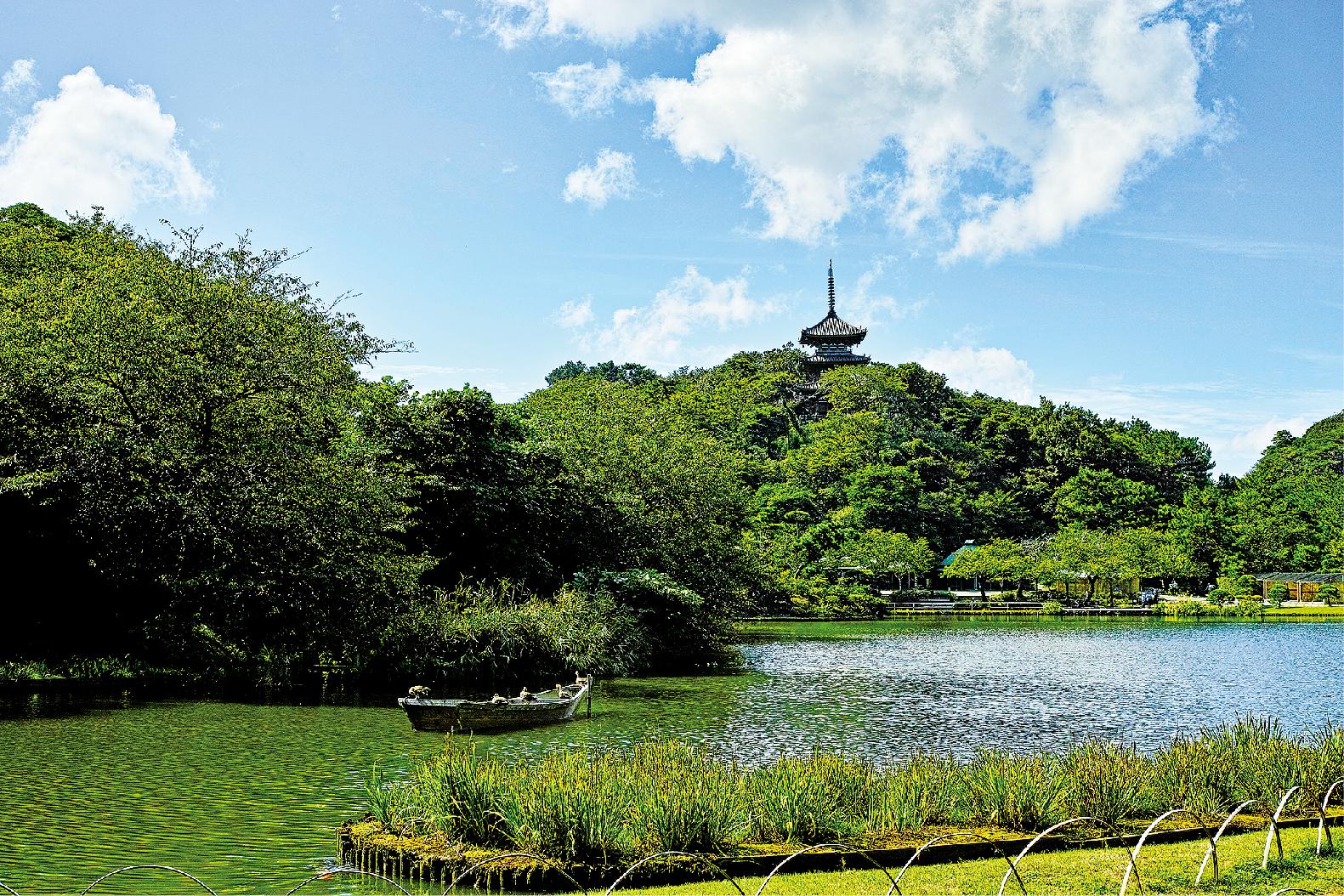
Honmoku retains an American flavor that is a throwback to when the district was an American military base immediately after World War II, while the nearby Sankeien is a stunning Japanese garden where a number of traditional homes from other parts of the country have been reconstructed and preserved. The gardens, designed around a large pond filled with carp, are impressive throughout the year, but are particularly recommended during cherry blossom season in the spring and when the trees are taking on their autumn colors.
Yokohama’s Climate
Located on the Pacific coast of central Japan, Yokohama has a mild climate throughout the year. The average temperature throughout the year is 16 degrees centigrade, with spring and autumn the most pleasant seasons. Summers can be hot and humid, although winters are generally temperate and snow is uncommon.


Yokohama’s Population
Yokohama has a population of 3.7 million people, making it the second-largest metropolis in Japan, after Tokyo.

| 1889 | 121,985 persons | (foundation of the city government) |
|---|---|---|
| 1909 | 407,432 persons | |
| 1929 | 543,900 persons | |
| 1949 | 876,200 persons | |
| 1969 | 2,068,024 persons | |
| 1989 | 3,160,295 persons | |
| 2009 | 3,654,427 persons | |
| 2019 | 3,748,322 persons | (As of Sep., 2019) |
There are more than 100,000 foreign residents in Yokohama. The nationality with the greatest number is Chinese followed by Koreans, Filipinos, Vietnamese, Nepalians, Indians, Taiwanese, Americans, Brazilians, and Thai. (As of Aug. 2019)

Yokohama Culture
Yokohama is a city with a reputation for culture and art and is a place that creates new urban trends, attracting global interest for its creativity.
The city stands out thanks to a long history of collaborating with external influences, all of which have coalesced into museums with world-class exhibits, unique works of art that are accessible to all and public spaces that mesh with the cityscape and the harbor. And that has been achieved at the same time as traditional Japanese culture and art have been preserved and continue to thrive.
The city is constantly endeavoring to provide opportunities to creative people who wish to showcase their talents, in disciplines as diverse as classical music to “Noh,” the traditional masked drama performances. The city is committed to utilizing unique local resources, including historic buildings, as venues to attract new economic opportunities.
The History of Yokohama
Yokohama was a fishing hamlet of just 600 people when it was chosen by the shogunate in 1859 to be the first port opened to the outside world, ending Japan’s 220 years of self-imposed isolation. As soon as the port was opened, trade flowed and the foundations of Yokohama as an international business hub were laid. Among the first products to be exported were tea and silk.
The Great Kanto Earthquake of September 1, 1923, caused devastation to large parts of Yokohama and the surrounding region, although virtually all of the city had been rebuilt by 1929.
The chemicals industry evolved in the reclaimed Keihin Industrial Area from the 1930s, although heavy bombing during World War II wrought renewed damage on the city. In all, around 42% of the city was destroyed in Allied air raids.
Fully 90% of the port and 27% of the city of Yokohama were requisitioned by the Allied Occupation forces after the war, which served to delay the city’s reconstruction, meaning it fell behind other cities in importance for industry and trade.
As the nation’s economy boomed in the 1970s, however, Yokohama caught up with its rivals once more and celebrated its 100th anniversary with the 1989 Yokohama Expo, while events in 2009 commemorated the 150th anniversary of the opening of the port as well as the 120th anniversary of the formal founding of the city.
International Measures and Policies (Source: International Affairs Bureau, Yokohama City)
- 1859Port Opening
-
Trade and cultural exchange in Yokohama became a driver of development of Japan, ushering it into the modern world.

- 1950A New Start as an International Port City
-
Japan enacts a law targeting Yokohama that brings great improvements to the port transport network and industrial area to contribute to the country’s effort toward cultural and economic development.

- 1957Sister-city Agreement with San Diego, U.S.A.
-
Since then, friendship and mutual understanding efforts have prospered through citizen exchange with sister/friendship and partnership cities.

- 1963Establishment of an Office in Hamburg, Germany
- Today, representative offices in Shanghai, Frankfurt and Mumbai conduct Yokohama’s business overseas, encouraging tourism, foreign investment/expansion and much more.
- 1986ITTO Headquarters in Yokohama
-
Yokohama has attracted and actively offers support to many international organizations, such as ITTO, WFP, and FAO, and works in close cooperation with them to tackle global challenges.

- 1987Foudation of CITYNET
-
the Regional Network of Local Authorities for the Management of Human Settlements (CITYNET), in which Yokohama has continuously taken leadership, has a record of archivements in solving urban issues.

- United Nations Peace Messenger City
-
Yokohama was proclaimed as a Peace Messenger City by the UN for its significant contribution to peace.

- 1994Opening of PACIFICO Yokohama
-
A core component of Yokohama, PACIFICO Yokohama hosted the 10th International AIDS Conference in its inaugural year. Yokohama is now a rime destination for large conferences and this facility embodies our effort as a MICE city.

- 2002Yokohama Goes Global
-
Yokohama receives world recognition as the venue for the 2002 FIFA World Cup Final. It has since been host to countless international sports events.

- 2008TICAD Host City
-
After resounding success of TICAD IV in 2008, Yokohama went on to host TICAD V as well in 2013. Yokohama has since continued to deepen its exchange and cooperation activities as the “Japanese city closest to Africa.”

- 2010Advocating Women Empowerment
-
Participating in every APEC Women and the Economy Forum, Yokohama has continuously promoted women empowerment through various measures.

- 2015Y-PORT Center* Starts Operation
-
Y-PORT Center solves urban issues faced by emerging nations and supports business opportunities for Yokohama enterprises through public-private partnerships.
*Y-PORT = Yokohama Partnership of Resources and Technologies
